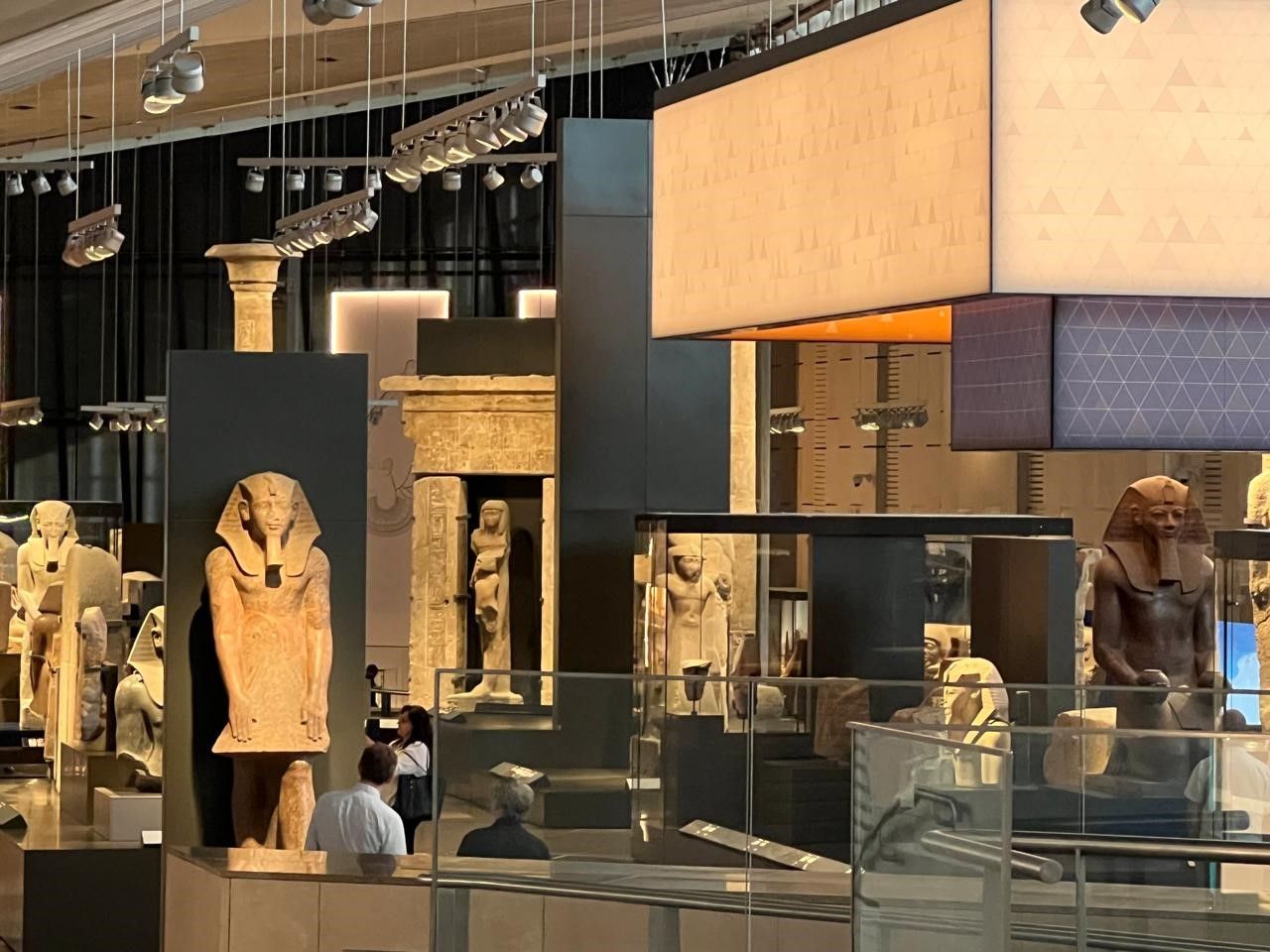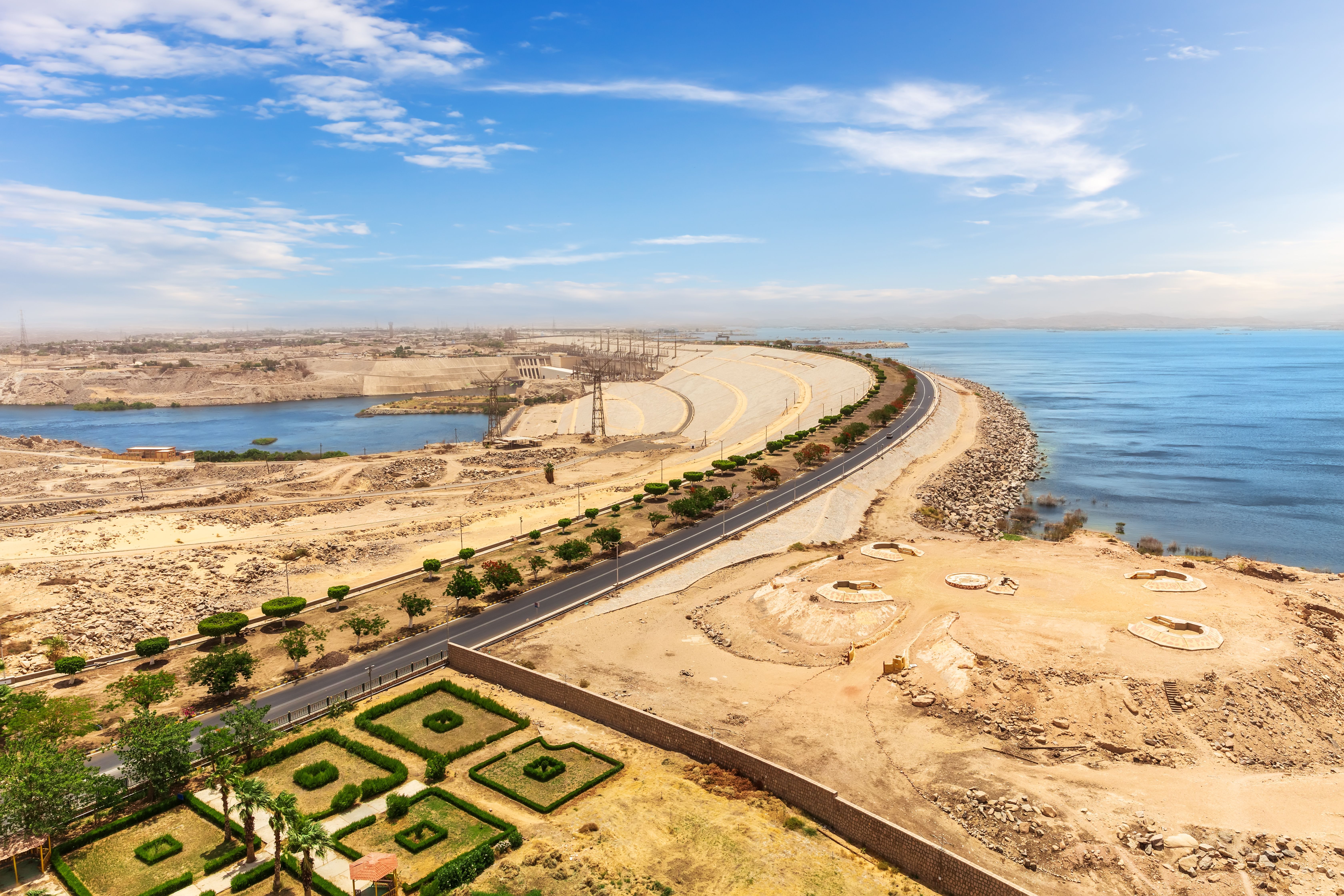Ancient Mysteries Revealed: A Once-in-a-Lifetime Archaeological Journey

Prepare to step into a world of unprecedented archaeological wonder with the Grand Egyptian Museum, the most significant cultural project in modern Egypt. This extraordinary museum, set against the backdrop of the Giza Pyramids, is poised to redefine our understanding of ancient Egyptian heritage by showcasing over 100,000 artefacts, including the complete treasures of Tutankhamun’s tomb never before displayed together.
Our Gardens and Temples of Ancient Egypt tour offers an exclusive opportunity to explore this monumental institution, where millennia of history are meticulously preserved and presented. As you journey through its expansive galleries, you’ll witness the pinnacle of archaeological preservation, with spectacular displays that bring the world of the pharaohs to life in unprecedented detail. From the iconic golden mask of Tutankhamun to intricate artefacts that have remained hidden for thousands of years, the Grand Egyptian Museum represents a once-in-a-lifetime encounter with the most significant archaeological collection in the world.
Join Brightwater in Egypt on the Gardens and Temples of Ancient Egypt tour to explore the Great Pyramids and Sphinx of Giza, The Grand Egyptian Museum, the sunning Al-Orman Garden and the unique Valley of Kings.

Saqqara
Saqqara is arguably the best-preserved ancient burial-ground in Egypt. This is also the site of The Step Pyramid, the first proper pyramid built for King Zoser in the 27th-century BC by the architect Imhotep. Considered one of the Seven Wonders of the World and one of the most important sites in Egypt, The Great Pyramids & Sphinx of Giza rises from the desert. The three Pyramids erected by King Cheops are guarded by the mysterious Sphinx.

Cairo
The Grand Egyptian Museum sits on the edge of the Giza plateau with the pyramids within view. A huge undertaking which started over 20 years ago, the Museum boasts over 750,000 sqm in floor size, 12 exhibition halls and thousands on thousands of artefacts. At 45m long, the cedarwood Solar Boat of King Khufu once housed in a cramped exhibition hall at Giza now fits easily within the vast space of the GEM and two exhibition halls are entirely devoted to Egypt’s most famous pharaoh, Tutankhamun alone. For the first time, almost all of the 5,000 objects discovered in his tomb will be on display. Costing nearly a billion dollars in its creation, this is the biggest Museum in the world.
The Citadel of Salah Al-Din was built between 1176-1182 AD and this Citadel fortress provides a panoramic view of Cairo from the Moqattam Hills. The Al-Orman Garden – a stunning botanical garden which dates from 1875 and the reign of Khedive Ismail Pasha, who established the garden on a larger site than it presently occupies as part of the Palace of the Khedive. This became a public botanical garden in 1910 and put under the Ministry of Agriculture management and covers 28 acres. Today, the garden contains a herbarium building, a rock garden, a rose garden, cactus gardens, and probably the most notable feature, the lotus pond. Al-Orman Garden is located west of the river Nile and east of Cairo University in the Giza Governorate. “Orman” is a Turkish word, which means “the forest”.

Luxor
The Temple of Luxor built by Amenophis III and which was originally connected to the Karnak Temple via a long stone processional street called a dromos. The well-preserved dromos was built by Nectanebo I and was originally lined on either side by sphinxes.
The Valley of the Kings which has tombs from the 18th and 19th Dynasties. Outside the Valley of the Kings, the road leads past Antef, named after the 11th Dynasty princes who were buried there. Some tombs can still be seen as we head towards the Temple of Seti I. The road winds westward until reaching the Valley of Asasif. These are 25th and 26th Dynasty tombs and at the foot of a cliff named Deir el-Bahri is a spectacular complex of temples. The Temples of Mentuhetep I, Hatshepsut and Thotmose II here must be seen.

Aswan
The High Dam at Aswan is 3,830 metres long, 980 metres wide at the base, 40 metres wide at the crest and 111 metres tall. It contains 43 million cubic metres of material and 11,000 cubic metres per second of water can pass through the dam. Abandoned thousands of years ago in the quarries of Aswan, the Unfinished Obelisk is a granite would-be monument that was never finished. It is one of the most important archaeological finds in Egypt for the insight it has provided into ancient stonemasonry methods.
The Philae Temple on the tiny island of Philae is a mere 450 metres long and less than 150 metres wide, which captured the imagination of countless travellers to Egypt from early times. It was famed for its beauty and was known as the “Pearl of Egypt’. Plants and palm trees grew from the fertile deposits that had collected in the crevices of the granite bedrock. Gracious Graeco-Roman temples and colonnades, kiosks and sanctuaries rose proudly against the skyline.
Covering 6.8 hectares, the Aswan Botanical Garden is home to thousands of birds and many exotic plants imported from many parts of the world, offering a beautiful and unique escape from the city.

Alexandria
In Alexandria we explore the Catacombs of Kom El-Shouqafa and the Roman Amphitheatre, plus the Montazah Palace Gardens which are located at the eastern edge of Alexandria on the north coast of Egypt. The complex, which covers 360 acres in size, is a beautiful property that overlooks Al Montaza and encompasses palm-tree lined walkways, several greenhouses and a semi-private beach.
NEWSLETTER
Opt-in to our email newsletter and hear about new offers first – view our privacy policy for details.


